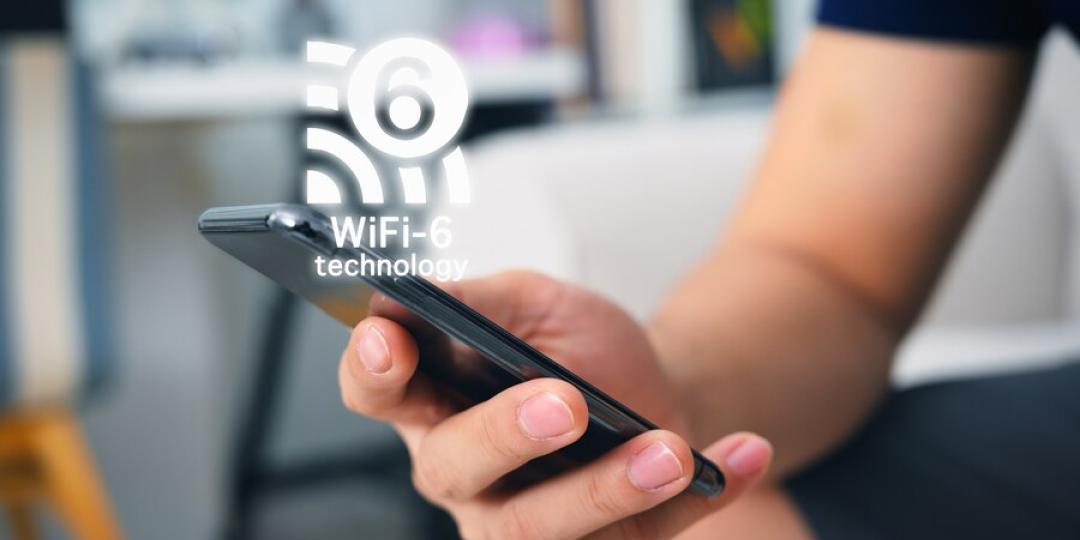South Africa could benefit by up to nearly $58 billion over the next ten years by enabling 1,200 license-exempt megahertz in the 6 GHz band, helping the country to bridge the digital divide as well as improve access to remote education, work and commerce.
But ICASA has so far failed to release it.
The total $57.76 billion consists of $34.81 billion in GDP contribution, $13.32 in producer surplus to South African businesses and $9.63 billion in consumer surplus. The Wireless Access Providers Association (WAPA) collaborated with Dynamic Spectrum Alliance (DSA) in South Africa over several months and is excited with the data that led to its findings. Three further studies were simultaneously conducted by DSA and its partners for Nigeria, Kenya and Indonesia, all with similar findings.
The DSA is working with the digital access programme in the UK to share its spectrum expertise. The study in South Africa and elsewhere was to assess the service quality, coverage and affordability impact of different applications for the unlicensed use of the 6 GHz band. The DSA’s president, Martha Suarez, said: “It will also play a crucial role in bridging the digital divide in these countries, enabling improved access to remote education, work and commerce. Wi-Fi needs greater spectrum access in the 6 GHz band to effectively support the modern digital ecosystem.”

“Opening up 1,2 GHz of unlicensed spectrum would be phenomenal compared to the spectrum we have available in South Africa right now, even after the recent high demand IMT spectrum auction of 306 MHz,” says Paul Colmer, executive at WAPA. “To put that in perspective, Wisps have been using the same unlicenced sub-6 GHz point-to-multi-point spectrum since the IECNS licences were granted in 2009.”
That’s why the prospect of bandwidth in the Wi-Fi 6E band of 6 GHz would be so enormously beneficial across the spectrum of society. Additionally, newer equipment and methods of using it are more spectrally efficient than ever before, which would extend the usefulness of the bandwidth even further.
The Wi-Fi 6E band is broken into two main portions. The lower band encompasses 5,925 MHz to 6,425 MHz and the upper band encompasses 6,425 MHz up to 7,125 MHz. The DSA has urged governments to provide unlicensed access to the lower band and the 700 MHz of the upper band.
Wi-Fi 6E is WiFi6 extended. It provides numerous 160 MHz channels and provides the fastest Wi-Fi yet because it delivers multi-gigabit, low latency connections essential to supporting next generation services. Colmer says this will have a more positive effect than just making new spectrum available.
“The current Wi-Fi 5 spectrum is heavily congested because many devices are vying for the same band of frequency. The end result is that it causes interference and this limits effective ranges. New spectrum offloads some of that traffic so not only is it not interfering by using a different frequency band, there is less congestion on the old band,” he says. “That makes it more reliable, faster, more effective and offers a bigger playing field for all.”














